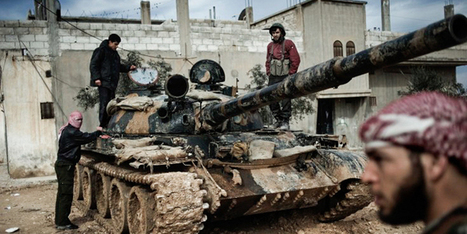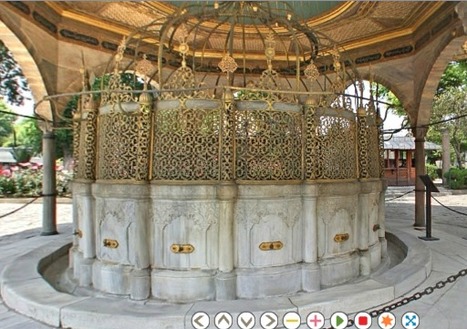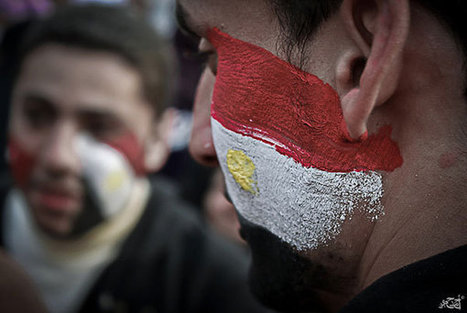Brown University's Choices Program has many excellent resources for social studies teachers including "Teaching with the News." Many teachers are seeing the importance of Syria, but might lack the regional expertise to put it in context or to the time to link it with the curriculum. If that is the case (and even if it is not), this is the perfect place to find lesson plans on the ongoing Syrian conflict.
Tags: political, MiddleEast, conflict, war.



 Your new post is loading...
Your new post is loading...

















